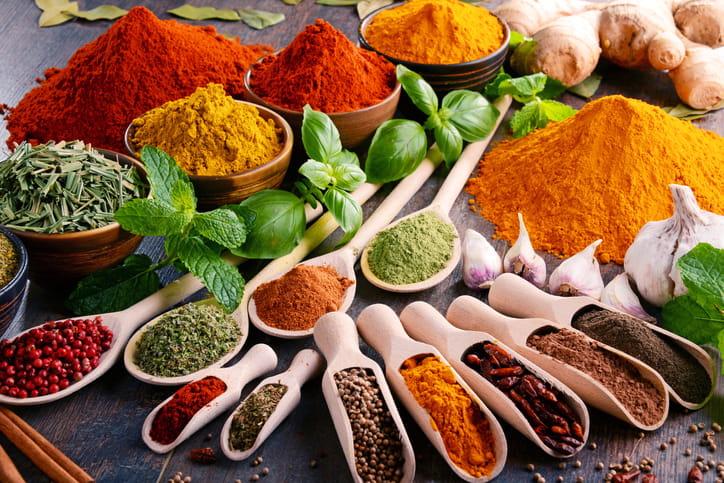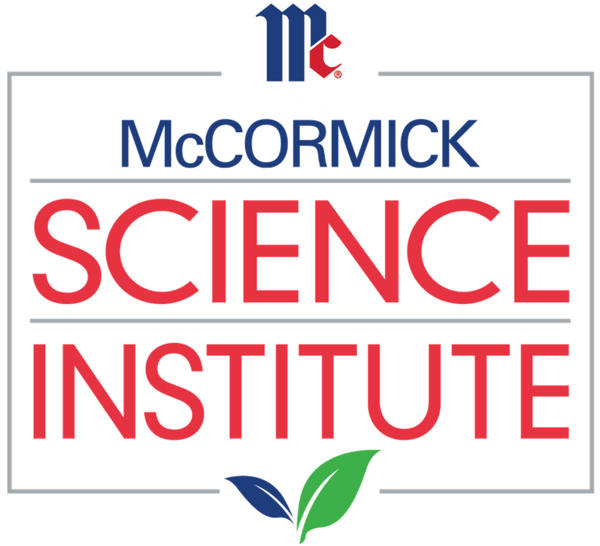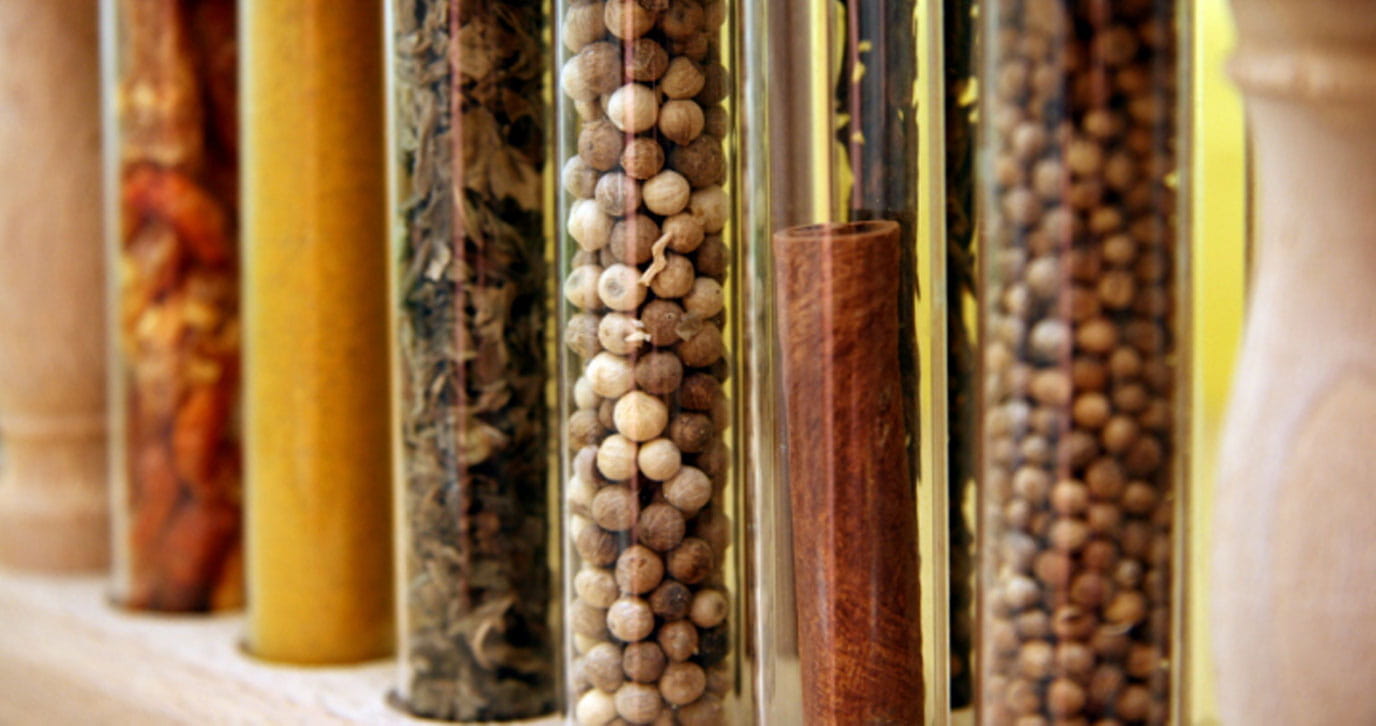July, 2025
Evaluating the Influence of Videos on Medical Professionals’ Perception of Using Herbs and Spices for Healthy Cooking and Potential Application in Patient CareThe Postprandial Effect of Spice Consumption Delivered in a High-Fat Meal on Pro-Inflammatory Cytokine Secretion in Overweight Obese Men
Oh, E., Petersen, K., Kris-Etherton, P. and Rogers, C.

June, 2019 -- Researchers from The Pennsylvania State University investigated the postprandial effect of spice consumption delivered in a high fat meal on inflammatory cytokine responses.View the abstract.
Overview
Postprandial lipidemia is a risk factor for cardiovascular disease. The postprandial inflammation that occurs concurrently with lipidemia following ingestion of a high-fat meal (HFM) may contribute to this association. Numerous individual spices have anti-inflammatory properties in vitro and in vivo in animal models and humans. However, the effect of consumption of a spice blend on inflammatory mediators has not been examined in humans in a randomized controlled trial. The objective of this study was to investigate the postprandial effect of spice consumption delivered in a HFM on inflammatory cytokine responses.
Methods
Results/Conclusions
Monocyte number (P = 0.001), and the secretion of IL-1β (P = 0.036) and TNF-α (P = 0.046) from LPS-stimulated PBMCs were significantly elevated during the four-hour time period after HFM consumption compared to the baseline. However, the presence of 6 g of spice in the HFM reduced the secretion of IL-6 (P = 0.046), IL-8 (P = 0.031), TNF-α (P = 0.001) and MCP-1 (P = 0.063) from PBMCs at 60 min after the meal.
Consumption of a HFM containing a spice blend attenuated postprandial inflammation in overweight/obese men.
Reference
Oh, E., Petersen, K., Kris-Etherton, P. and Rogers, C., 2019. The Postprandial Effect of Spice Consumption Delivered in a High-Fat Meal on Pro-Inflammatory Cytokine Secretion in Overweight/Obese Men (OR12-06-19). Current Developments in Nutrition, Volume 3, Issue Supplement_1, June 2019.
https://doi.org/10.1093/cdn/nzz049.OR12-06-19





